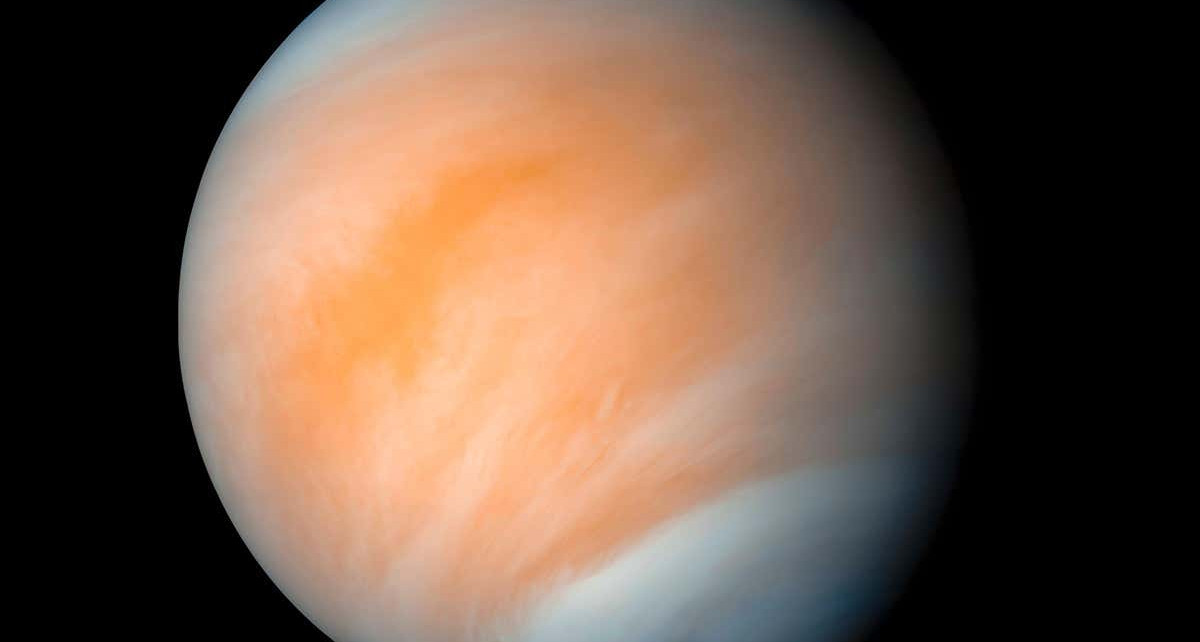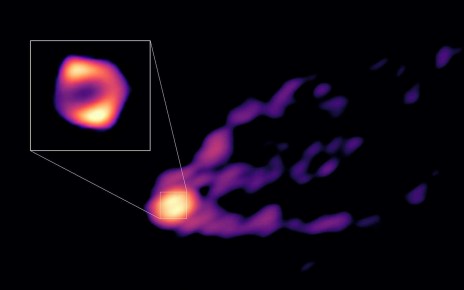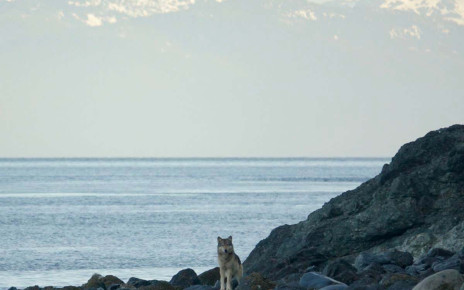[ad_1]
There’s not enough water in Venus’s clouds to support life as we know it Alamy Stock Photo
The clouds of Venus, which are mostly made of sulphuric acid, have far less water and far more acid than even the most extreme lifeforms on Earth would be able to survive. This is according to a new analysis of the habitability of the planet’s atmosphere. This finding puts a damper on recent signs of potential life there.
In 2020, a team led by Jane Greaves at Cardiff University in the UK found evidence of a compound called phosphine in Venus’s toxic clouds. On Earth, phosphine is a byproduct of life, and the team couldn’t come up with another way to produce it on Venus, so suggested that it could hint at life there.
However, a new study by John Hallsworth at Queen’s University Belfast, UK, and his colleagues based on a combination of laboratory experiments and observations from probes sent to Venus in the late 1970s and early 80s suggests that life might be impossible in those clouds.
They based that conclusion on calculations of water activity in the clouds’ droplets, a measure similar to humidity. Pure liquid water would have a water activity of 1, and perfect dryness would have a score of 0. They found a water activity of less than 0.004 for Venus’s clouds, partly because acid in a droplet lowers its water activity.
This is a concentration of water 100 times below what is needed for the most resilient microorganisms on Earth, said Hallsworth in a press conference. “It’s an unbridgeable distance from what life requires to be active.”
In an area that arid, the membranes that hold cells together would fall apart, he said. “Even the most dry-tolerant microbe on Earth wouldn’t stand a chance on Venus.”
Of course, a microbe on Earth has no need to be hardy enough to survive Venus. “Literally nowhere on Earth has the extreme conditions of the clouds on Venus,” says Janusz Petkowski at the Massachusetts Institute of Technology.
“Those clouds are more than 100 times more dry than the Atacama desert, which is the driest place on Earth.”
It is possible that life could arise on Venus that is hardier than it is here, or there could be organisms that aren’t based on water at all, unlike all life that we know of.
“Certainly any Earth-like life – even our sturdiest extremophiles – would not have an easy time,” says Clara Sousa-Silva at the Harvard-Smithsonian Center for Astrophysics. “But we don’t know what the universal laws of biology are.” Unfortunately, we also don’t know how to detect non-Earth-like life.
While things aren’t looking good for the potential of life floating in the Venusian clouds, there still may be a glimmer of hope. “The acidity for the Venus cloud droplets is highly uncertain,” says Greaves. “It’s also likely that conditions are not uniform – as on Earth – and so parts of the clouds could be much more favourable than others.”
Three missions are scheduled to launch to Venus in the next decade or so, which may help unravel the mystery of the clouds’ habitability. If there is life unlike Earth life, those missions won’t be able to spot it, but they will be able to clear up whether there is anywhere in the scorching atmosphere that Earth-like life could stand a chance.
Journal reference: Nature Astronomy, DOI: 10.1038/s41550-021-01391-3
Sign up to our free Launchpad newsletter for a voyage across the galaxy and beyond, every Friday
More on these topics:
[ad_2]
Source link




